In today’s digital age, smartphones have become an indispensable part of daily life, especially for Generation Z. These tech-savvy individuals rely heavily on their smartphones for various aspects of their lives, from communication to entertainment and beyond. That is why you need to know these 10 Reasons Why The Gen Zs Cannot Live Without Smartphones
Let’s delve into the top 10 reasons why Gen Z simply cannot imagine life without their trusty smartphones:
1. Social Media

The current generation thrives on social media and it is just as important to them as food, water, and shelter. Striving for the social acceptance of others, social media apps let you connect with your friends and their friends as well. On the plus side, it does help you make new friends at the risk of someone catfishing you.
So the most famous apps you use daily are WhatsApp, Facebook, X, Instagram, YouTube, TikTok, etc. These apps have become more handy and accessible from smartphones compared to being used through computers earlier.
.
2. Online Shopping
Shopping therapy is useful, there is no denying that. But with helpful applications like Ukamart, Amazon, Alibaba, and Flipkart you can now receive this therapy anywhere in the world. You don’t even need to switch on the computer to buy something. The app makes it simpler by allowing you to instantly call and track your package. Online shopping is more prominent among people in this generation since they hardly have the time (or the willpower) to physically go to the shop and buy. Thus, they prefer to shop no matter where they are, right when the mood strikes.
3. Personal Expression
Gen Z uses smartphones as tools for self-expression, whether through creating and sharing content on social media or customizing their devices with unique wallpapers and apps.
Games

Playing games is another way of alleviating boredom. However, in some cases, it can also improve your reaction time and hand-eye coordination, or at least that is what I tell my mom when she criticizes me for playing them too much. With more powerful smartphones coming into the picture, the need for gaming consoles is reducing slowly.
Granted, the complexity of the game is affected by using a rather simple touchscreen, but the fun remains intact. Moreover, your smartphone is much more portable than your desktop or your console combined with the TV. They will allow you to enjoy the pre-downloaded games no matter where you are.
5. News and Updates

- Smartphones keep Gen Z informed about current events and trends through news apps, newsletters, and social media feeds. etc.
The embroiling algorithm of happiness may leave many people bewildered or lost in translation while they snubbingly fall back on the smartphone, as a shield against intrusions from the outer world. (“Even if the world goes down, my mobile will save me”)
― Erik Pevernagie
6. Personal Development
Whether learning a new skill through educational apps or practicing mindfulness with meditation apps, smartphones support Gen Z’s personal growth and development. They can learn a lot from YouTube and Google.
7. Calendar and Alarms
Smartphones are meant to help you get organized. With the help of the Calendar app, you completely render the concept of a diary obsolete. You can jot down reminders and appointments with specific details along with the location and the person you are meeting.
When it comes to alarms, you must be wondering if even a simple older phone could pull it off. However, smartphones have taken the technique of waking someone up to the next level. Upon ringing the alarm, your phone will present you with mathematical or other academic problems that you must solve before you can deactivate the alarm.
8. Office Apps
When I say Office apps, I mean spreadsheets, presentations, and document editors – it doesn’t matter if it is from Google, Apple, Microsoft or other open source companies. The new generation likes to work on the go. They can review a presentation on their way to work while using the subway.
Here it is quite a cumbersome task to whip out your laptop and then use it while trying to maintain balance (especially if you didn’t get a seat). In another case, someone else might be trying to edit a final report just before submission while sitting in the coffee house. This is where smartphones make your life easier and let you do all this from the palm of your hands no matter where you are.
9. Internet

This is probably the most obvious point in the whole list. Either way, it is important to note that these office and shopping apps, social media, and maps would be a lot less effective if they weren’t connected to the internet. Moreover, the internet allows you to search for information. All you need is a data or Wi-Fi connection and you will be connected to the world. This can help you complete your homework without having to rummage through countless books in the library like the previous generations had to.
10. Camera

Social Media and Cameras are best friends who cannot live without each other. You cannot update the world with a photo of your bagel if you do not have a camera on your phone ready to snap at your command (pun intended). While some people prefer clicking pictures of people (which mostly include selfies), others prefer to try and capture the beauty in nature or everyday objects.
Depending on the type of use and person, the camera needs to vary and accordingly so do the prices of the phone. On a more serious note, it does help one capture precious moments and record amazing memories no matter where they are without having to carry a bulky DSLR camera.
In conclusion:
smartphones have become an integral part of Gen Z’s lifestyle, offering connectivity, entertainment, productivity, and more. We believe that these 10 Reasons Why The Gen Zs Cannot Live Without Smartphones will help you appreciate the art of Technology in today’s world.
At Ukamart, we understand the importance of staying connected and up-to-date in today’s digital world. That’s why we offer a wide range of laptops, phones, and accessories to meet your needs. Join us on our social media handles like YouTube, TikTok, Instagram, and more to stay connected and explore the latest tech trends.

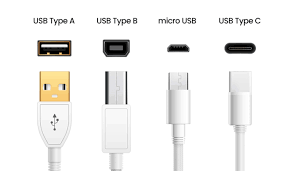
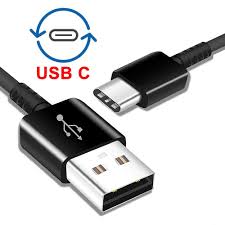
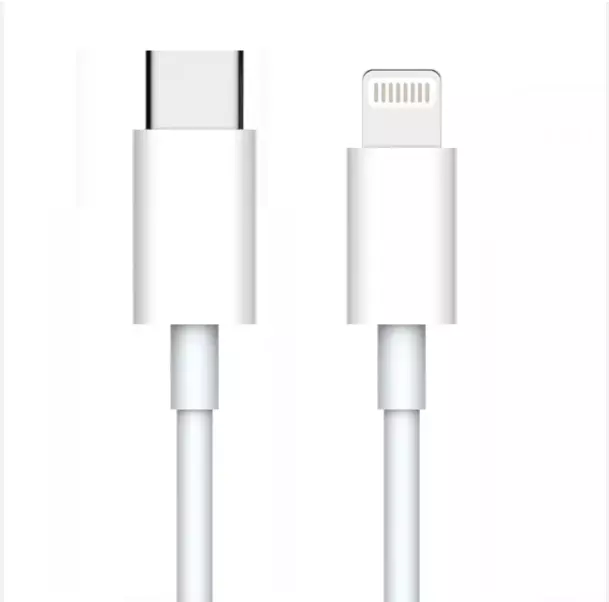
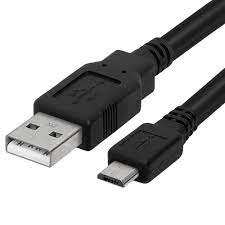

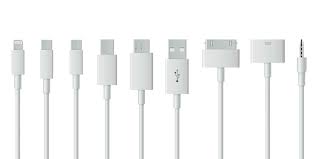

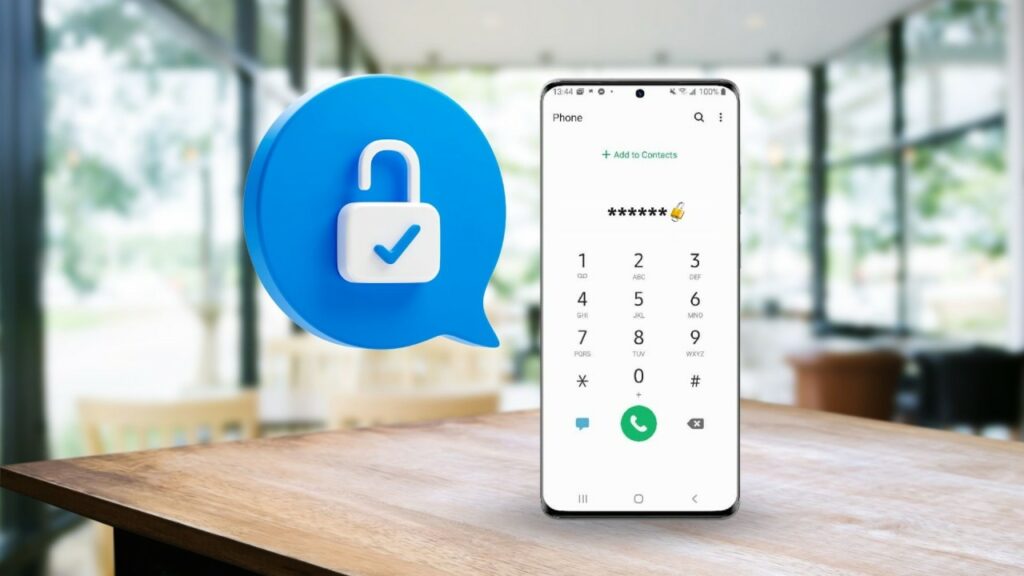
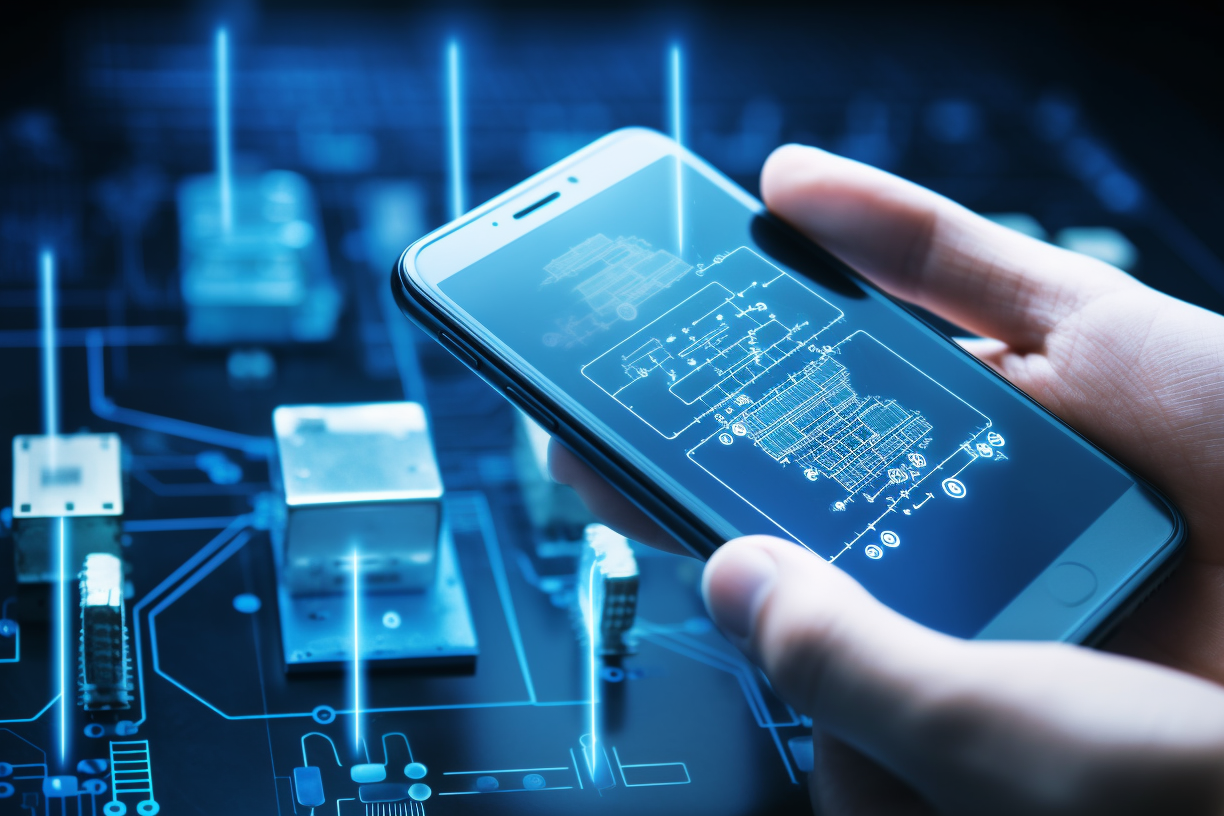
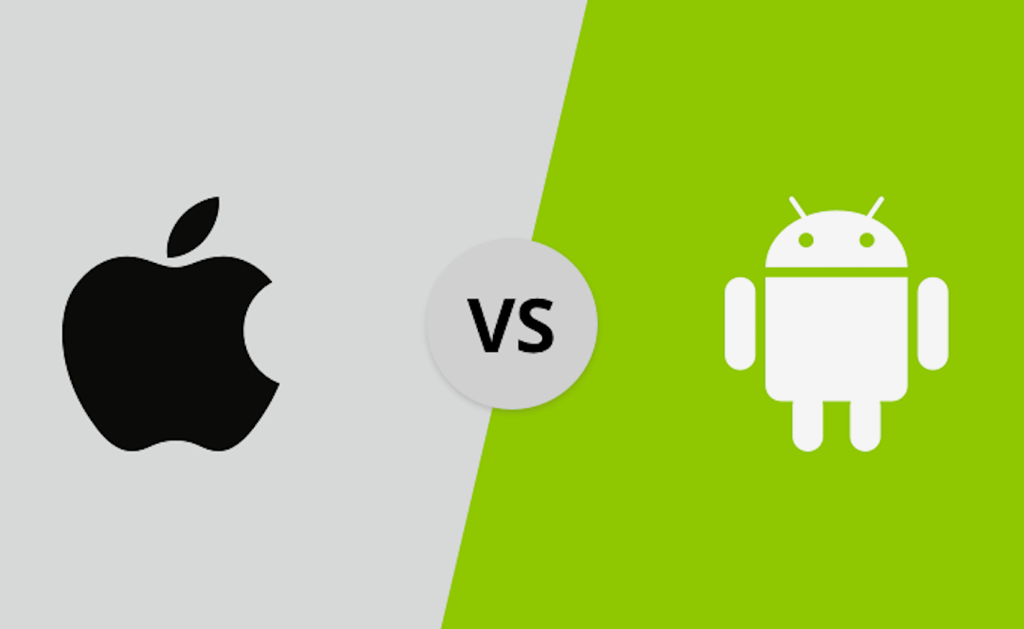

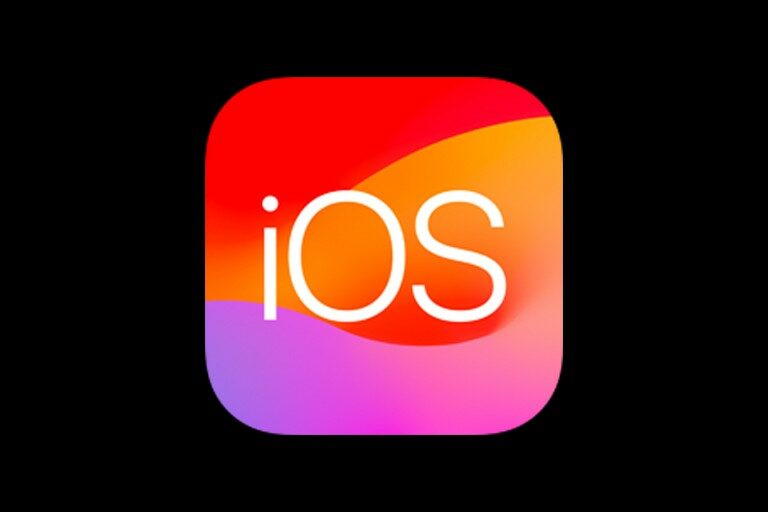
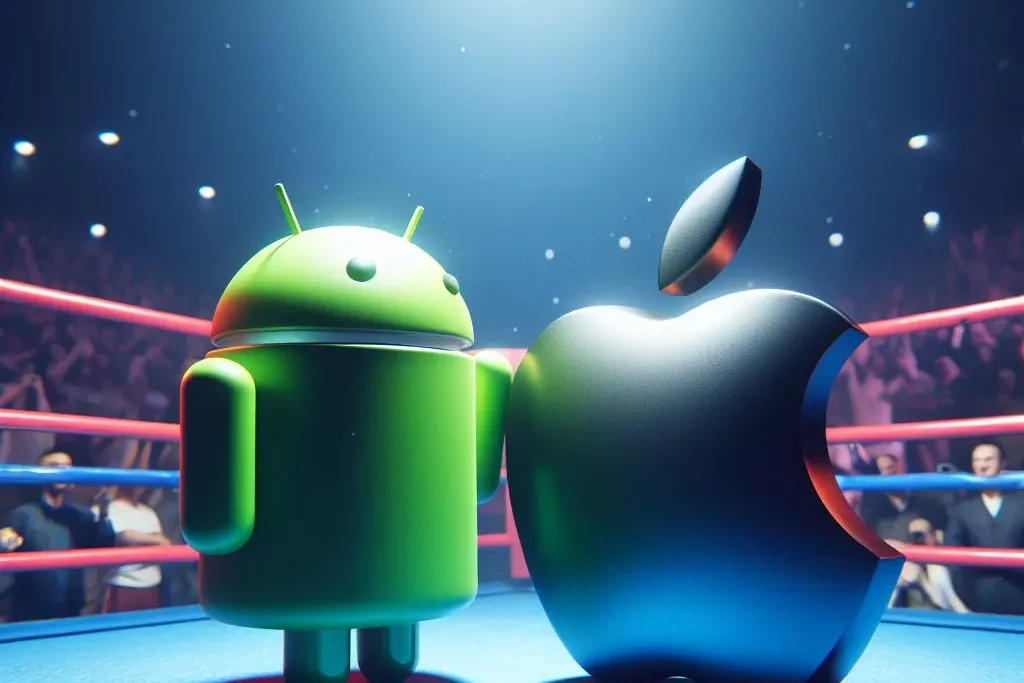
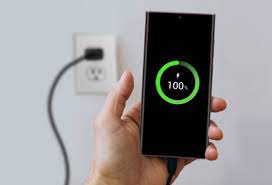



 What Is an Endpoint?
What Is an Endpoint? 




